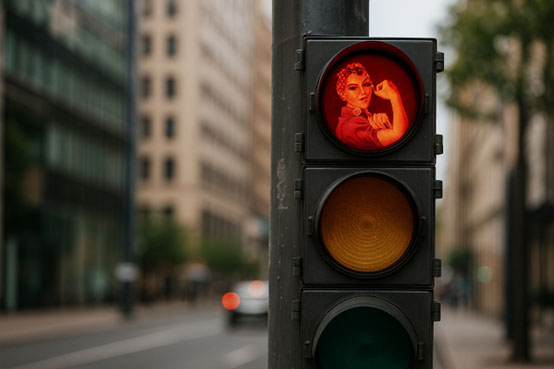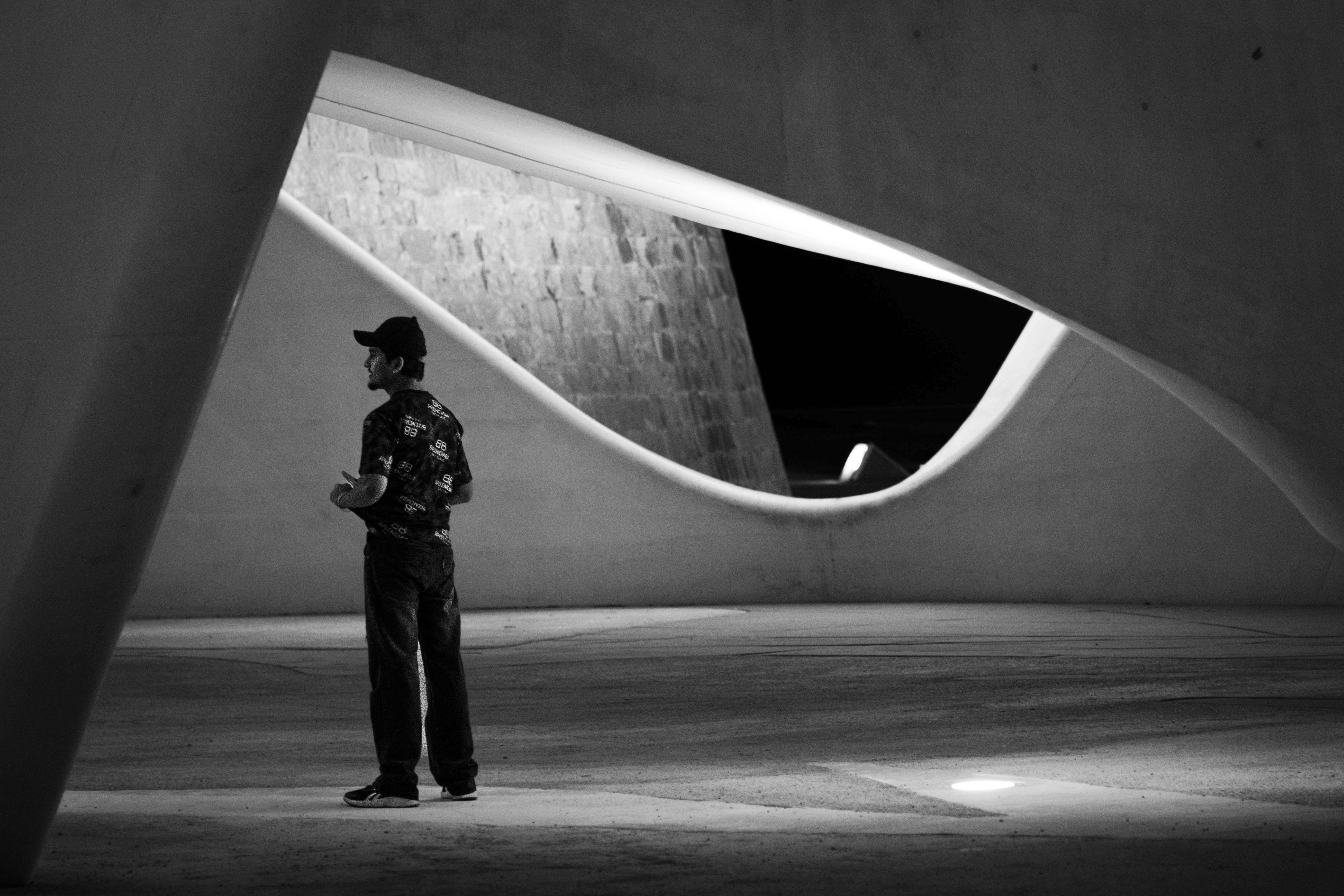By Flora Alexandrou
The Cypriot government continues to prioritise image over substance, relying on symbolic gestures to suggest progress while advancing at a crawl on real reform in gender equality. Nothing illustrates this better than the decision to feminise a few traffic lights, a small visual upgrade presented as grand social progress.
Welcome, then, to Cyprus’ golden age of gender equality, one traffic light at a time.
A touching achievement, really. Especially for the 44.5 per cent of women in Cyprus who in 2022 experienced physical violence or threats, sexual violence or psychological violence by an intimate partner in their lifetime, the 43 women murdered over the past decade, and the fact that roughly three out of four victims of domestic violence are women (76 per cent in 2022). Because, naturally, nothing stops an abuser or a killer faster than a glowing female silhouette on a pole.
Women in Cyprus make up 60.9 per cent of the workforce, but the gender pay gap still sits between 9.7 and 12.2 per cent. The EU’s Pay Transparency Directive, due by June 2026, may finally expose the real numbers.
And despite the president’s promise of a cabinet made up of half women, the reality repeats the same long-standing pattern seen in every previous government. The overwhelming majority of high-level positions are still held by men. Equality, it seems, is welcome everywhere except where men might lose their chairs.
Which raises the perennial question: why are men still trusted with every key position? Stereotypes still frame assertiveness as a male trait and undervalue anything associated with femininity, and this bias, reinforced by history and habit, continues to dictate who is deemed fit to lead. Perhaps men forget that their ancestor Adam stood silent in front of the serpent and, when questioned, blamed Eve, while she – born of his own rib – took responsibility for her decision. Today, looking at certain high-ranking men, it is hard not to suspect that what they are missing is not a rib but something far more essential: sense.
The reluctance to share real power is also reflected in Cyprus’ peace process, where exclusion is equally entrenched. Despite decades of talk about inclusivity, women have been absent from high-level negotiations, even though UN Security Council Resolution 1325 has long called for their participation and studies show that peace agreements last longer when women are involved.
Elsewhere, countries with strong gender-equality records, like Finland and Sweden, use symbolism only alongside real policy. Finland is phasing out gendered traffic signs altogether, and Sweden experiments with inclusive signals tied to national campaigns or Pride events. In these countries, symbols follow reform; they do not replace it. There, concrete progress is made on prevention, equal pay, childcare support and judicial reform.
However, even with advances across the EU, real equality remains distant. According to the EU Gender Equality Index 2024, gender parity at the current pace is at minimum sixty years away. In Cyprus it may take even longer. With a score of 60.9 out of 100, ranking twentieth and sitting 9.1 points below the EU average, the country has improved by only 0.2 points since last year.
All of this shows that the issue is not the traffic-light symbolism but the mentality behind it. A government cannot present longer maternity or paternity leave, or the appointment of the first female permanent secretary of the foreign ministry in 2025, as grand steps toward equality. One swallow does not make a summer, and one director does not make progress.
The performative glow of a traffic light cannot save us from a system that keeps women “visible” and safely out of the way. Real equality needs legal reform, economic empowerment and social change – measures that truly accelerate gender equality. And this debate must reach every public platform, not just Women’s Day, that short annual moment when men remember women exist before returning to male-only panels on equality.







Click here to change your cookie preferences